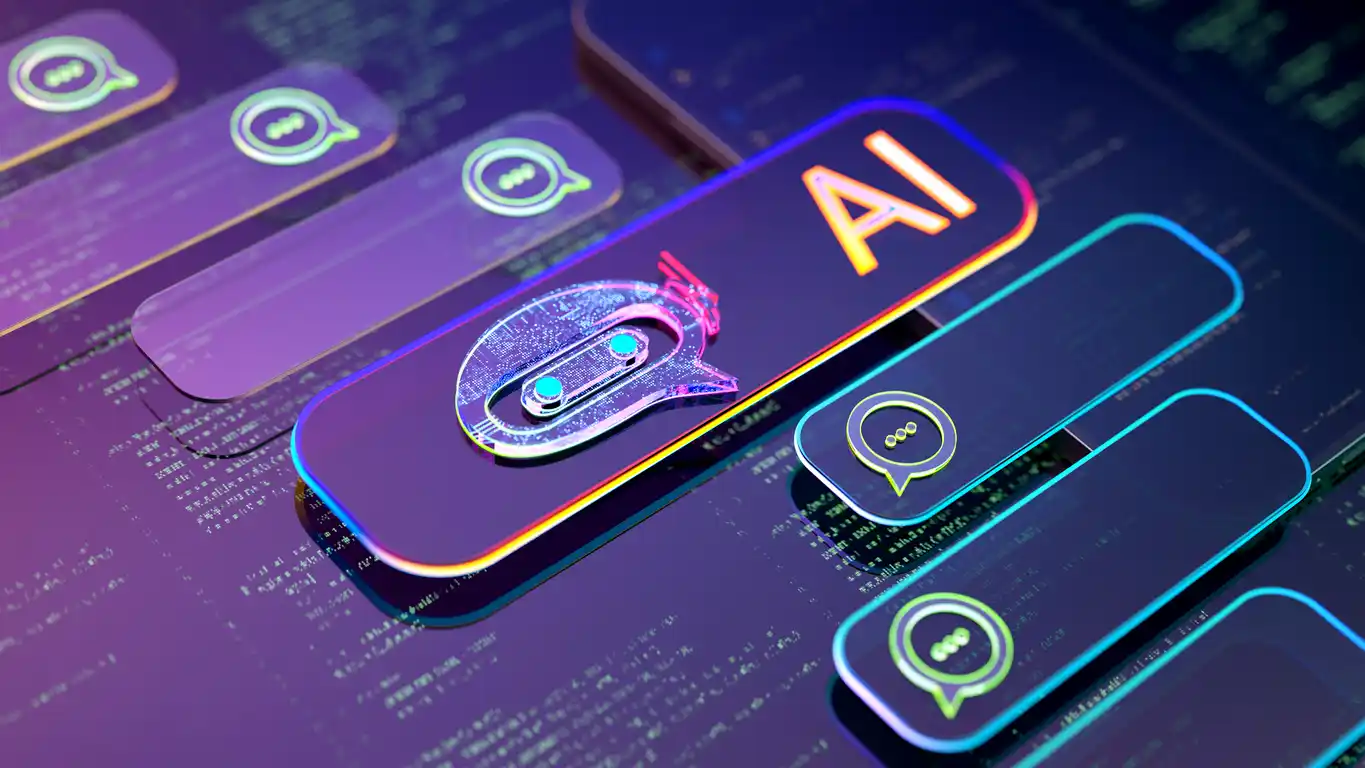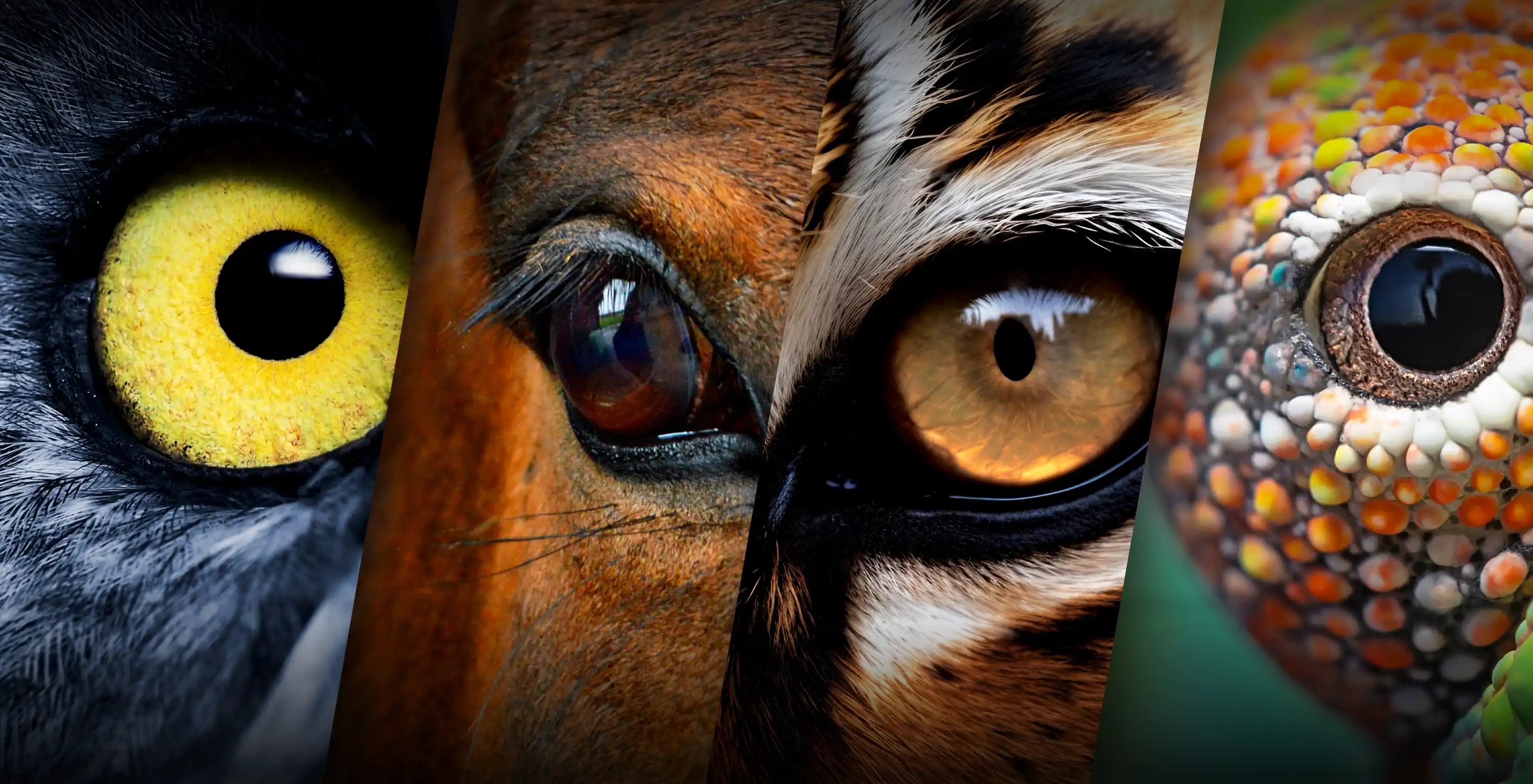AI Max and Search: What B2B marketers need to know
Send to your email
Enter your email below and a link to download the PDF of this article will be sent directly to your inbox.
Artificial Intelligence is transforming how people search, discover and interact online. From Google AI Overviews dominating search results to AI Chatbots reshaping personal and business research habits, we’ve entered a new era of intent-driven search.

This comes with a shift in how we approach Paid Search within the context of a buyer journey. The straightforward approach of a user entering precise keywords in a search engine, clicking through to a relevant webpage and downloading content, is going to decline. Google itself is now a discovery tool, where longtail questions surface responses in AI Overviews, and AI Chatbots such as ChatGPT or Google’s newly released AI Mode allow for more personalised responses.
Alongside changing discovery behaviour, the platforms themselves are adapting to an AI-driven future. This year we’ve had Microsoft’s Copilot’s ad expansion through their Showroom Ads, Meta has promised to have advertising fully automated through AI by 2026 and recently hired Fidji Simo at OpenAI is setting the groundwork for future advertising on the platform.
Google is no exception – they have already rolled out two major AI-powered updates, AI Mode and AI Max, that could impact the Paid Search landscape further. As of September, AI Max is available in Beta worldwide, and AI Mode is continuing to be rolled out to more regions in English language.
What is AI Max?
Google’s new performance-enhancing feature for Paid Search and Performance Max campaigns. It uses keywordless targeting technology and AI-driven optimisation to deliver more relevant ads – redesigning your targeting, ad copy and landing pages.
This does feel like another step in providing more control to Google and is centred around their perception of intent. And with the release of AI Mode, Google’s new AI conversational interface, this ensures that inventory doesn’t diminish through changing search habits. Ads themselves can be adapted to be able to appear within AI Mode, although you can’t currently run a campaign solely on the platform.
However, it also promises more transparency than previous Google product rollouts, including expanded search terms and ad copy, which should make it easier to analyse and optimise.
- Search term matching:
Google targets users based on search intent, follow-up questions, and search behaviour – not just the keyword. AI Max leverages the content of your website and landing pages to offer more relevant conversations.
This is the core component with AI Max and will need to be used on any campaign that has it enabled.
- Text customisation:
Headlines and descriptions are adapted to match the user intent and context, leveraging your website, landing pages and ad inputs.
On the one hand, this will have a huge time benefit, avoiding manual ad copy creation and iterations, freeing up time to focus more on overall positioning and strategic messaging. And in theory messaging will be more personalised to the user.
It will, however, provide a lot less control of the messaging and user journey, and where there are strict rules on brand tone or regulatory language this may not be an option for everyone. Small tests and regular review of the ad copy produced will be required.
This is an optional add-on to search term matching.
- Smart landing pages:
AI can select the most relevant landing page on your site, even if you didn’t set it as a final URL.
This will likely only be useful for broader campaigns, but where there are strict KPIs in place this may have a detrimental effect on performance and conversions.
It can only be used when text customisation is also turned on.
Early signals
Early adopters are reporting differing results. In a poll on LinkedIn, 56% reported neutral results, 28% negative and 16% positive, so it’s likely too early to understand the full implications of the tool.
An early B2B SaaS company case study has not yet shown positive results, with modest CPCs but a conversion rate of just 0.76%, compared to over 3% for Phrase and Exact Match. This could suggest the impact of the complex B2B buyer journey, but it is likely that more data is needed to understand performance in full.

How to approach the changing search journey:
Adjust success metrics - Expect direct engagement to reduce as media shifts towards AI chatbots, with results more likely to come through brand uplift and assisted conversions via direct navigation. Attribution models may need to be adapted as we see greater influence from AI-assisted interactions.
Define clear AB tests - with any AI product tests, use a controlled setting with low-risk campaigns over a set timeframe to measure the impact on traffic and performance. AI Max should be balanced with Exact and Phrase Match campaigns for opportunities to optimise. And testing its three components in isolation in a tiered approach will also help to better understand the impact on B2B conversion points.
Optimise your owned assets for AI-first journeys - Google will be using your website to design ad copy and user journeys, the campaigns will only work with a structured site map and logical conversion set up. Clear offers and assets at all stages of the journey will be imperative, with the expectation that any landing page could now be leveraged across paid media.
Protect B2B brand safety - Conversational answers use sources you don’t control: brand and keyword exclusions should be more closely monitored.
Overall thoughts
It’s still early, so results are limited, particularly within B2B. Given a much more complex user journey than B2C, Google’s interpretation of intent may not take into consideration the intricacies of journey stage, conversion types and stakeholders that B2B campaigns have.
However, with the changing search landscape and what this will do to accelerate changing user behaviour, intent-driven strategies are the future. B2B marketers who experiment early, monitor performance closely and design for AI-first user behaviour will be prepared for what comes next.
Send to your email
Enter your email below and a link to download the PDF of this article will be sent directly to your inbox.









